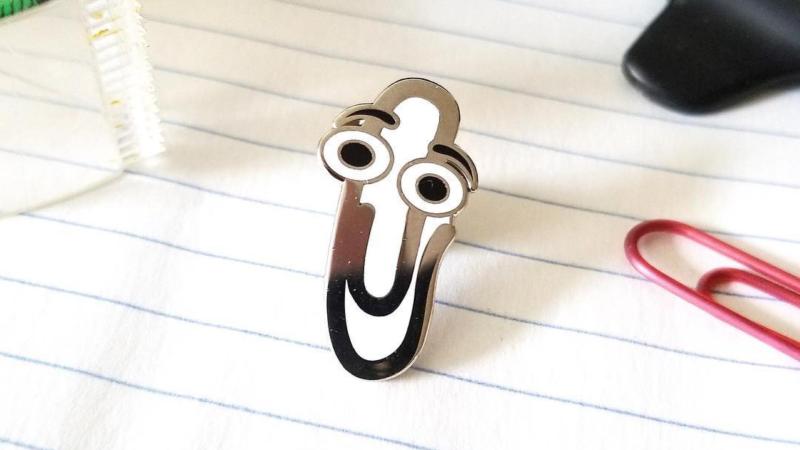Atlas Obscura has a fun article up about the history of knit caps, and all their various names. I fall under the group which goes with watch cap.
The hats, which were “much favored by seamen,” also wormed their way into the navy in the 17th century. First in England and, later, the United States, they became a seafaring staple. Sailors who were “watchstanding,” or keeping lookout, often wore variations of Monmouth caps, earning the hats the still-popular name of “watch cap.”
Go have a read, then you can select your designation for knit caps.




























